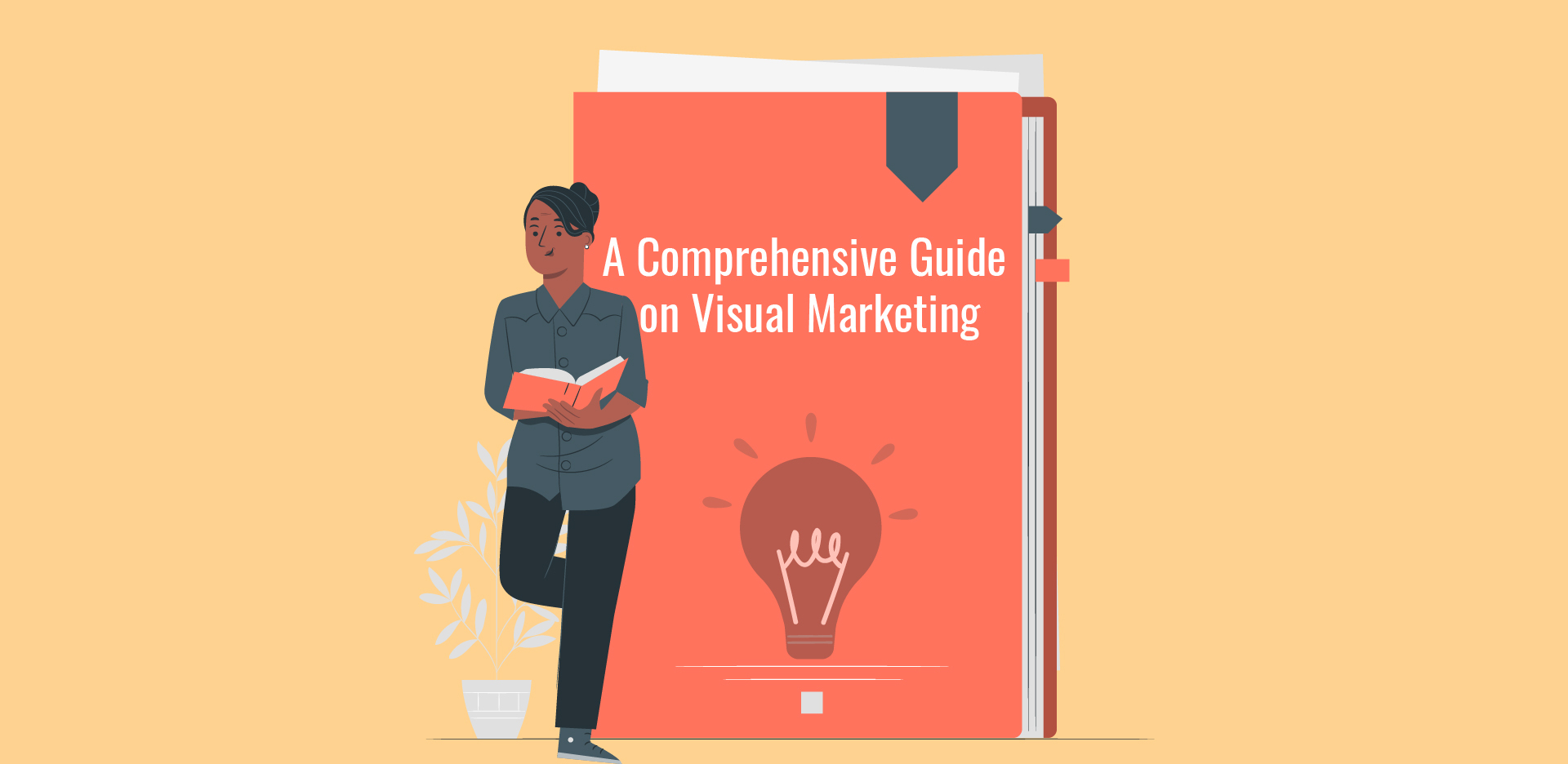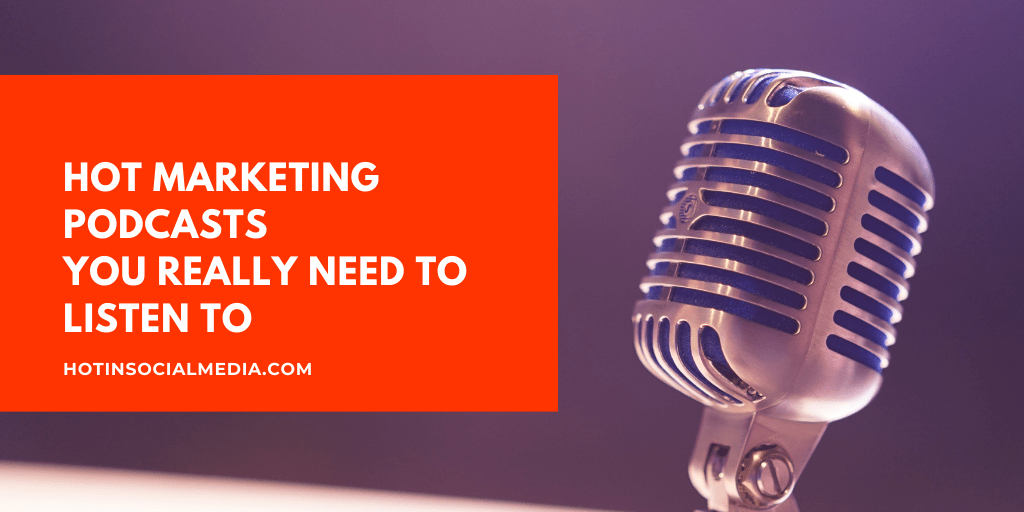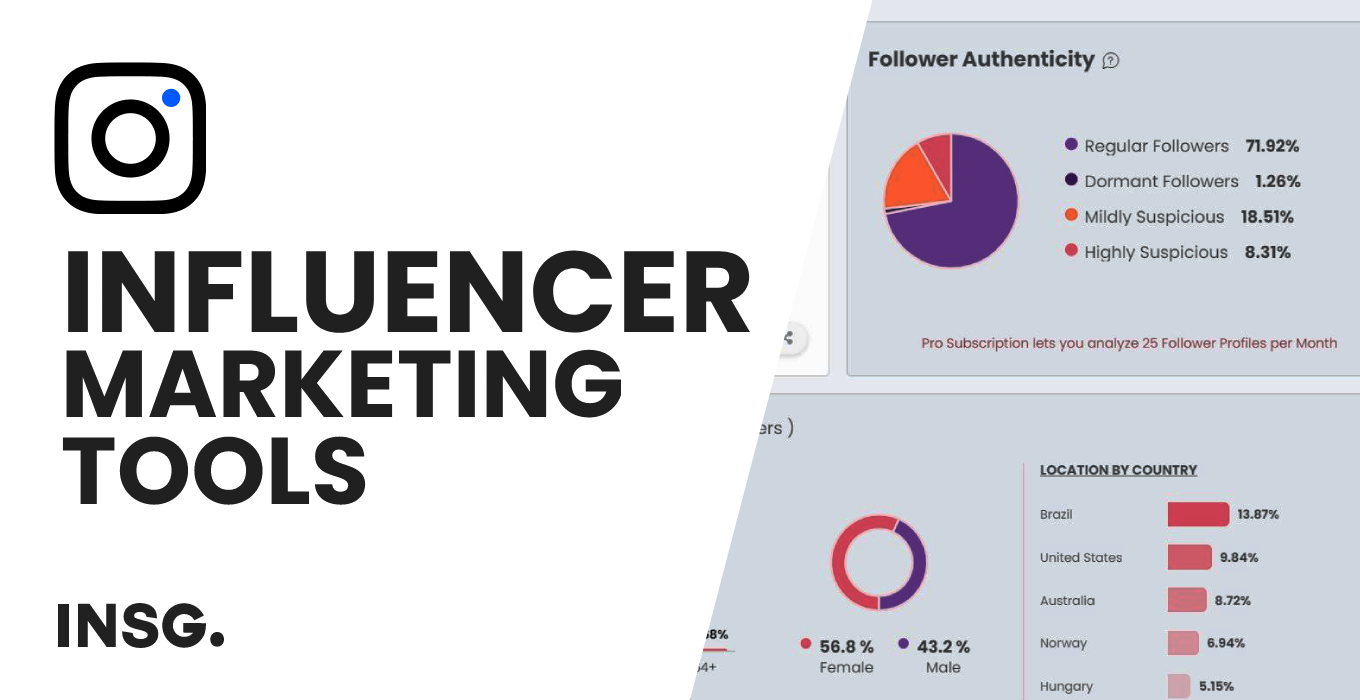
Social media is a great way for people to connect and reach new people. However, there are also some negative aspects. While social media can cause trouble sleeping, it can also expose young people to new events, hobbies, and experiences that expand their worldview. You can also find support and encouragement via social media for young people, especially during difficult life events. It is important to use social media responsibly. These positives will help you get the most out your social media experience.
Positives
If you are looking to see the positive side of social networking, you have come to the right spot. Social media is a great way to communicate quickly and get updated. It has been a great way to connect people and keep them updated, as well as teaching and entertaining our children. There are also negative aspects to be aware of. Here are a few. Find out how social media could benefit you and/or your family.
One of the most fascinating benefits of social networking is the fact that it makes memories more vivid. Cornell University researchers found that social media enriched participants' memories. They used the tools for rating the intensity of their experiences. Social media can make you feel happier, which can improve your memory. In addition to helping us cope with depression, we can use the positive aspects of Social Media. Social media allows us to communicate with others and receive constructive feedback.

Cost-effectiveness
By comparing the benefits offered by social media to traditional marketing or advertising methods, you can assess how cost-effective it is. Most social media outlets are free to join and use, enabling firms to generate target audiences and disseminate advertising and promotions to them. Social media engagement costs are usually related to the time required to answer questions and respond to customers' comments. This study is limited to the U.S. but provides a good starting point for future research about the cost-effectiveness online marketing and social media.
There are many social media bidding strategies. Cost-perclick, or CPC, is the most popular. Other bidding options are cost-per -impression (CPM), CPP (CPP), or cost-per -action (CPA). While CPC is the preferred bidding strategy for most companies, established brands may choose CPM to keep their brand visibility high and increase their brand awareness. Partnering with professionals in social media marketing can increase the ROI of social media advertising.
Reach
To make a strong brand impression, you need to understand how to measure Reach. This metric shows the number and unique visitors to your posts. Facebook calculates the metric separately for each Post and Page. The video reached Richard in the above example, which resulted in three impressions. Twitter, on the other hand reports only Impressions and doesn't use Reach metrics.

You should be able to interpret the results of social media analysis on Reach. This can be measured in many different ways. Google Alerts is one way to do this. By using these alerts, you can keep track of competitor brand mentions, industry-related keywords, and trends. Then you can see which posts your competitors are doing well. Once you are aware of how your posts are impacting your competitors, these alerts will allow you to target them.
FAQ
What is strategic content marketing?
Content marketing is the art and science of creating useful content that others can share on various channels. It's about giving people the things they want. This is what makes the most successful businesses.
Strategic Content Marketing will ensure that you provide them with exactly what they require at the right moment.
You have to know what people care about and listen carefully to find out how they think. Next, you need to create high-quality content which answers their questions or solves their problems. This builds trust and loyalty, and makes sure you're always available when they need your product/service.
How can I measure success when using content marketing?
There are many ways to measure the success of your content marketing efforts. One way to measure the effectiveness of your content marketing efforts is to monitor how many visitors visit your website. Another option is to monitor how many leads are generated.
What is the point of a content-marketing strategy?
Content marketing isn't just about producing quality content. Content marketing is about connecting with people on an emotional level, helping solve their problems and building relationships. This requires a deep understanding of how people act online.
This is exactly the purpose of Content Marketing Strategy. A great Content Marketing Strategy helps you understand the psychology of customers so that you can best engage with them.
It will also help you increase your conversion rates, which can lead to higher profits.
However, there are plenty of options for content marketing strategies.
Content Marketing Strategy has a higher ROI than any other marketing method.
A well-executed Content Marketing Strategy will help you build brand awareness and sell products.
How many hours per workweek should I be spending on content marketing?
It all depends upon your situation. You may not need to spend any time at all on content marketing. But if you're trying to build traffic to your site, you'll probably need to devote at least 1 hour per day.
Should I hire a writer to write my Content Marketing?
No! There is no need to hire professional writers to write content for you business. There are tons available online that can assist you in getting started.
What are the 7 Steps of Content Marketing?
This seven-step content marketing process includes:
-
Identify the problem
-
Discover what's working today
-
Create new ideas
-
Make them strategic
-
Try them
-
You can measure the results
-
Keep going until you find the right solution.
This approach has been proven to work well for businesses large and small.
What Content Marketing Strategy is right for me?
A Content Marketing Strategy is perfect if you know exactly what you want to communicate.
Here are some questions to ask to get you started.
Is it necessary for my business to communicate a specific message? Is it better to communicate with a broad audience?
Are you more focused on generating leads, or converting visitors to buyers?
Am I trying to promote one product or multiple products?
Are you interested in connecting with people outside my industry?
If you answered "yes" to any of these questions, then a Content Marketing strategy is exactly what you need.
Statistics
- In fact, would pay more for a better customer experience, and 86% of B2B buyers would pay more. (neilpatel.com)
- Forty-seven percent of buyers view 3 to 5 pieces of content before engaging with a sales representative. (mailchimp.com)
- According to our research, 65% of companies with very successful content marketing in 2021 ran content audits at least twice a year. (semrush.com)
- Progress indicators (0–100%) allow each team member to see how attainable each goal is and understand what remains to be accomplished. (semrush.com)
- To further show the importance of this, 89% of people have stopped doing business with a company because of a poor experience. (neilpatel.com)
- Measure your goals with a progress indicator of 0-100%. Make your goals collaborative and transparent (semrush.com)
- According to research compiled by Coschedule: Companies that publish 16+ blog posts a month get as much as 3.5x as much traffic as those that publish 0-4 posts a month. (criteo.com)
- Out of the 1,500 marketers we surveyed for our State of Content Marketing report, 78% who felt their content marketing strategy was exceptionally effective in 2021 had documented their strategy. (semrush.com)
External Links
How To
Infographic Creation Tips for Content Marketing
Infographics are one of the most effective ways to explain complex concepts simply, making information easy to understand. Infographics can be used to communicate your message.
To create an infographic, Adobe Illustrator or Photoshop is required. These programs can be used to create different shapes and elements that represent your data. Then, you can add colors and fonts to make it look great. After your design is complete, you can upload images from Unsplash and Pixabay to your design.
Looking at other infographics online can help you get ideas. For example, if you want to show how many calories are in certain foods, you could take a picture of a food pyramid and replace the numbers with pictures of those foods. Or you could look at how many sugars are found in soda pop and replace that number with a picture from a Coke bottle.
After you have created your infographic, it can be shared through social media channels such as Facebook and Twitter. This helps people who aren't familiar with the concept learn about it. If you decide to post your infographic on social media platforms, include hashtags so others can see what you're talking about. You can use hashtags to allow others to follow your conversations about specific topics.
You can make infographics shorter if your posts are short. A blog post may be 2000-5000 words long. An infographic requires only 500-1000 words. This allows you to convey more information in a smaller space.
Keep in mind that viewers may have difficulty reading small fonts when creating your infographic. Make sure you use large enough fonts and don't rely too heavily on color for your graphics. You must also ensure that your text is easily read.
Here are some more tips
-
Choose an Infographic Template. There are many free templates online. Canva (Piktochart) and Google Slides (Google Slides) are some of the most requested templates.
-
Create your Infographic. You can use the template to create your infographic. You can use any kind of media that you feel is appropriate for your audience. If you want to create an infographic on the best places for food in Seattle, for example, you might use photos from local restaurants.
-
Add Text. Add text to your infographic once you have it created. You can use Microsoft Word, PowerPoint or Canva to add text.
-
Add Images. Add images to your infographic. These images could be photos, charts, graphs or icons. If you want to add a picture, make sure it's relevant to your topic.
-
Make It Interactive. You can add interactive elements, such as maps, buttons, and links. This will help engage your audience.
-
Share. Share your infographic with others on social media such as Facebook, Twitter and LinkedIn.
-
Measure. Measure. Are people clicking through to your website or not? Did they signup for your mailing list? What was their reaction when you showed them your infographic
-
Improve. Do you think there are ways to improve your infographics Are you able to do it better the next time?
-
Repeat. Repeat.